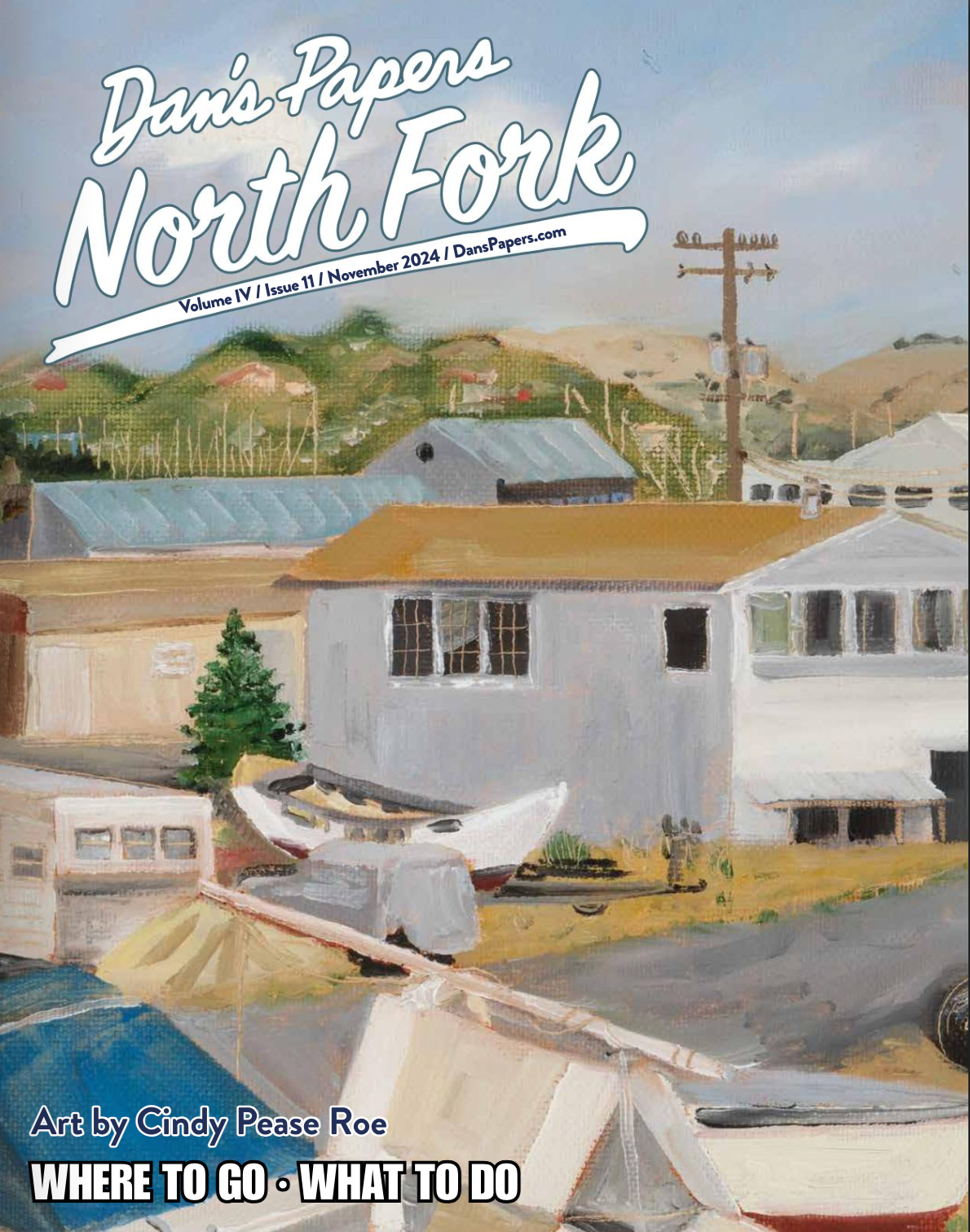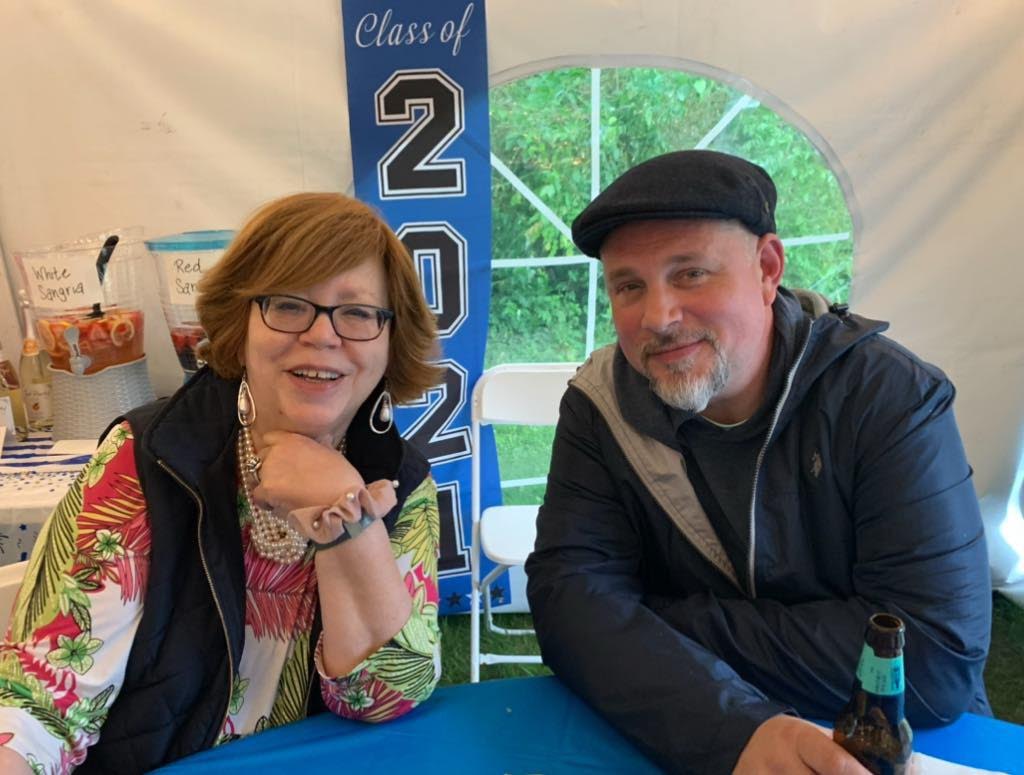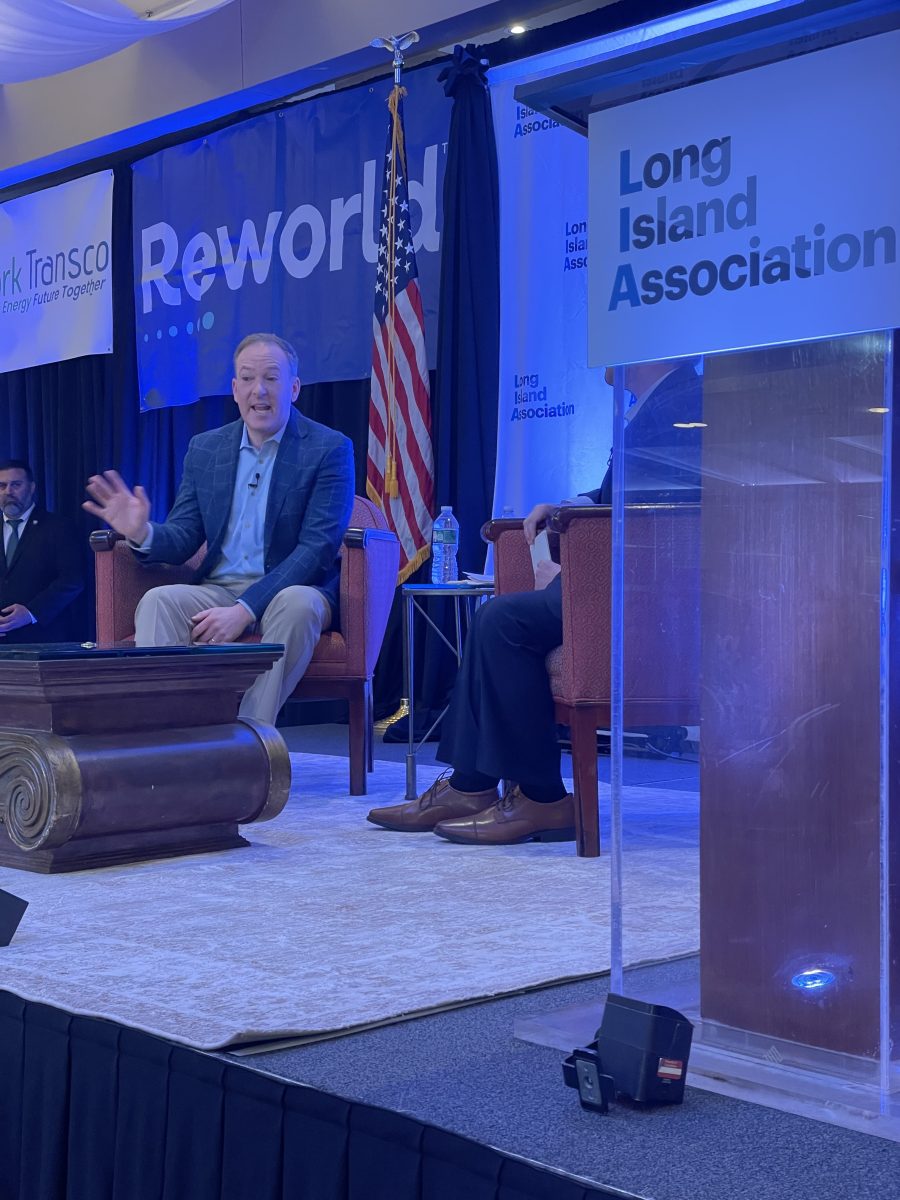Cindy Pease Roe Discusses the Link Between Her Art & the Sea
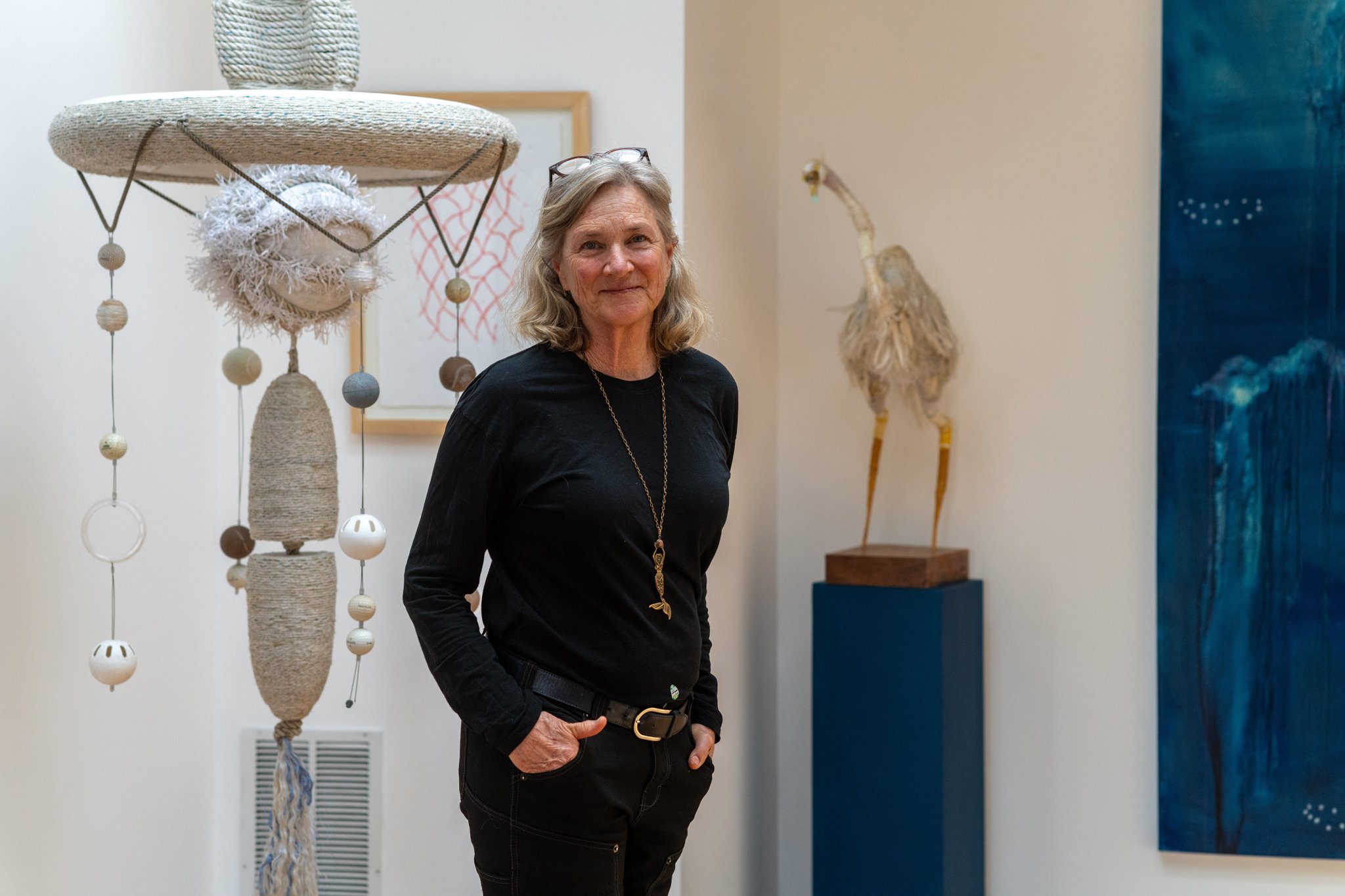
This week’s Dan’s North Fork cover artist Cindy Pease Roe is a prolific artist working in a variety of styles and media, from realistic representational painting, to found object constructions and abstract and expressionist pieces. Here, she discusses her cover painting, “Arques North,” as well as her compelling art, the North Fork’s influence and her enduring love of the sea.
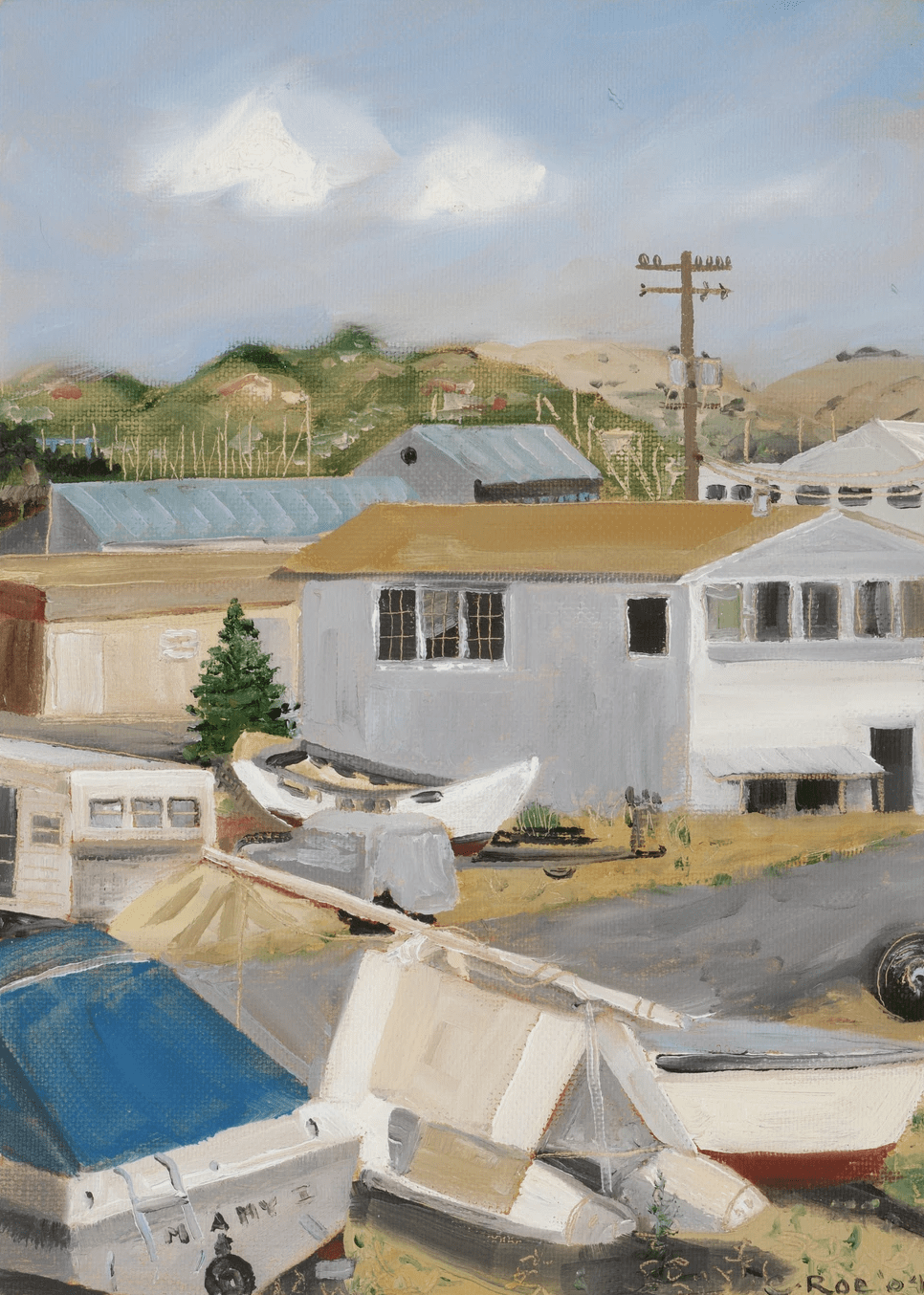
A Chat with Cindy Pease Roe
Tell me about “Arques North.” Where is it and how did you end up painting this scene?
I spent seven years, from 2000 to 2007, in San Francisco, with a studio in Sausalito. The studio was perched right on the harbor, on top of a building overlooking the bay. It was part of the Arques Shipyard, a lively hub of wooden boat building and repair. Next door was the Arques School of Traditional Boatbuilding, and the area was filled with craftspeople and tradespeople servicing every aspect of the boating industry. It felt like a beehive of activity, with boats of all kinds — wooden, fiberglass, large, small — being hauled in and out. It was a fascinating and inspiring community of hardworking people.
When I arrived in San Francisco, I had already been working in encaustics and soil as mediums, inspired by my time living on the East End of Long Island. I had often painted outdoors overlooking the water there, but the shipyard brought a different energy to my work. One day, I walked out onto the deck of my studio and looked down at the wooden boats on the ways. I could feel the history of the place and realized it was all at risk of disappearing. It struck me that this vibrant waterfront could someday become condos, and the lives of these people and the culture of the shipyard could be lost. I knew I had to paint it.
That’s how “Arques North” came to be. It’s the view from the north side of my studio, painted while standing and looking out at the hills of Tiburon in the distance. During my time at the shipyard, I created around 20 paintings inspired by this amazing place. The painting on the cover captures not just the physical view but the sense of urgency I felt to preserve this world through my work.
You have a very diverse range with your art, from representational to abstract and even conceptual. Tell me about navigating all these styles and media.
My process always starts with an idea — something I want to express through my artwork. From there, I explore which medium will best bring that idea to life. I’ve never felt confined by any one medium; instead, I follow what feels natural and right for each project.
I discovered watercolors around the age of 10, and I used them for years. Later, I was drawn to oils and encaustics — something about the texture and process just clicked with me. As an artist, I believe it’s essential to pay attention to what comes naturally and feels intuitive. Photography has also been a constant in my practice, from film to digital, both as a medium itself and as a tool to use in encaustic work or as reference material.
Sculpture, on the other hand, was something I came to later. I didn’t train as a sculptor — I think I may have taken one class — but in 2010, while walking along the beach, I came across plastic marine debris. An idea struck me, and I just started experimenting. It was a lot of trial and error at first, but I eventually developed techniques that worked, and over time I refined them. Now I can create sculptures that not only convey my vision but are also durable enough to withstand outdoor elements.
Yes, I’ve worked with a wide range of materials and methods, but when I encounter something I don’t know how to do, I seek out people who are experts in their fields. Collaborating with others often helps me push my ideas further and bring them to life.
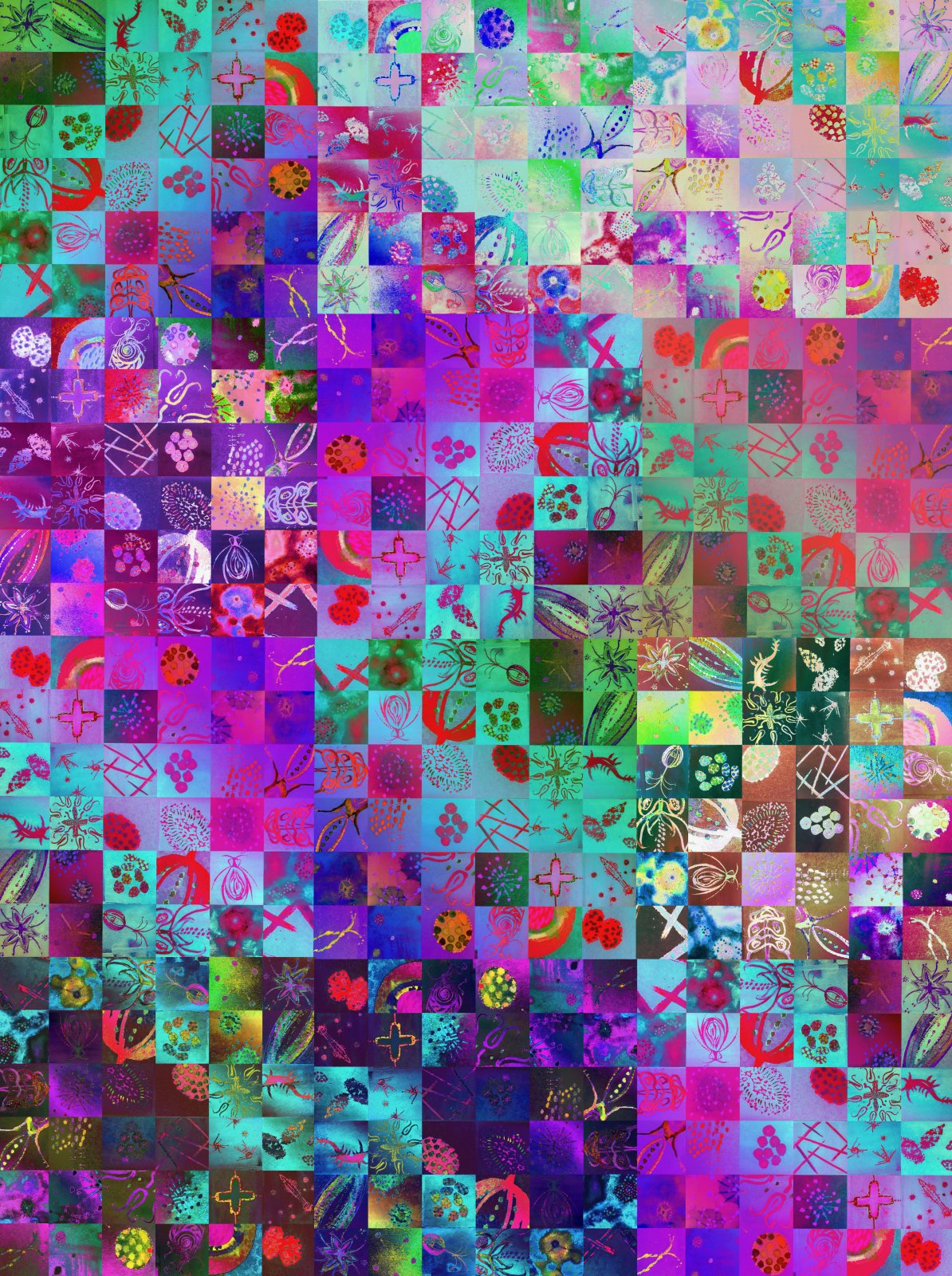
Do you have a particular project or series underway at the moment?
This year, I worked on two significant projects. The first was a solo show titled Lost at Sea, which debuted at the North Fork Art Collective in Greenport. Parts of that show are now on display at the Greenport Harbor Brewing Company Gallery on Carpenter Street. Lost at Sea features pieces from my “Plankton, Not Plastic” series, which incorporates digital work and watercolors to highlight the pervasive issue of microplastics in our oceans. The show also explores how nontraditional materials can convey powerful environmental messages. For example, I’ve started using degraded, washed-up sandbags and black erosion control fabrics — materials found along shorelines — transforming them into wall sculptures. One piece, “Ice,” uses shredded sandbags to evoke melting glaciers, while another, “Coal,” incorporates black erosion control fabric to connect fossil fuel use to rising sea levels and shoreline erosion. Both works take the form of crosses, which symbolize hope and are inspired by the Swiss first-aid cross, tying into themes of healing and urgent action.
The second major project was “Medusa,” a giant squid sculpture currently on display at The Whaling Museum & Education Center of Cold Spring Harbor. I had always wanted to create a giant squid, and this piece became a joyful, community-centered project. Local residents collected plastics, which were then incorporated into the sculpture, making it a collaborative effort. Beyond its environmental message, “Medusa” represents the power of community action and creativity in addressing global challenges.
These projects reflect where my work is today: experimenting with materials in new ways, whether it’s repurposing marine debris, reimagining erosion-control fabrics, or digitally manipulating watercolor paintings. I’m finding inspiration in the intersection of traditional and nontraditional media, always striving to tell stories that connect art, environment and community.
Tell me about living on the North Fork and how it influences your art?
I moved to the North Fork in 2010 from the South Fork, and the change had a profound impact on my life and my art. One of the first things I noticed about the North Fork was its strong sense of community. Living in Greenport, with its vibrant working waterfront, felt like a natural extension of the shipyard series I had started in California. The boatyards and maritime culture here resonated deeply with me and continued to inspire my work.
Another defining feature of the North Fork is its stunning beaches. However, while walking my dogs along the Long Island Sound side, I was shocked by the amount of marine plastic pollution I found. Back when I lived in Sagaponack on the South Fork, I’d occasionally come across a Mylar balloon or a lighter, but the volume of plastic on the North Shore was overwhelming. This discovery in 2010 became a pivotal moment for me, shifting the focus of my art.
I began asking questions: Where was all this plastic coming from? I learned that the North Fork’s location along Long Island Sound means that plastics travel here from rivers, estuaries, and along the entire eastern seaboard. Currents and tides bring them into and out of the Sound, and the northwest winds during the winter blow them onto our shorelines. It wasn’t a matter of local littering — this was a global issue washing up on our shores.
This realization changed the course of my work. I started incorporating the plastics I collected into sculptures, using them to tell a broader story about ocean health and environmental stewardship. The North Fork not only inspired me but also helped me clarify what was most important in my art: connecting people to the beauty and fragility of the ocean in a way that feels urgent and meaningful.
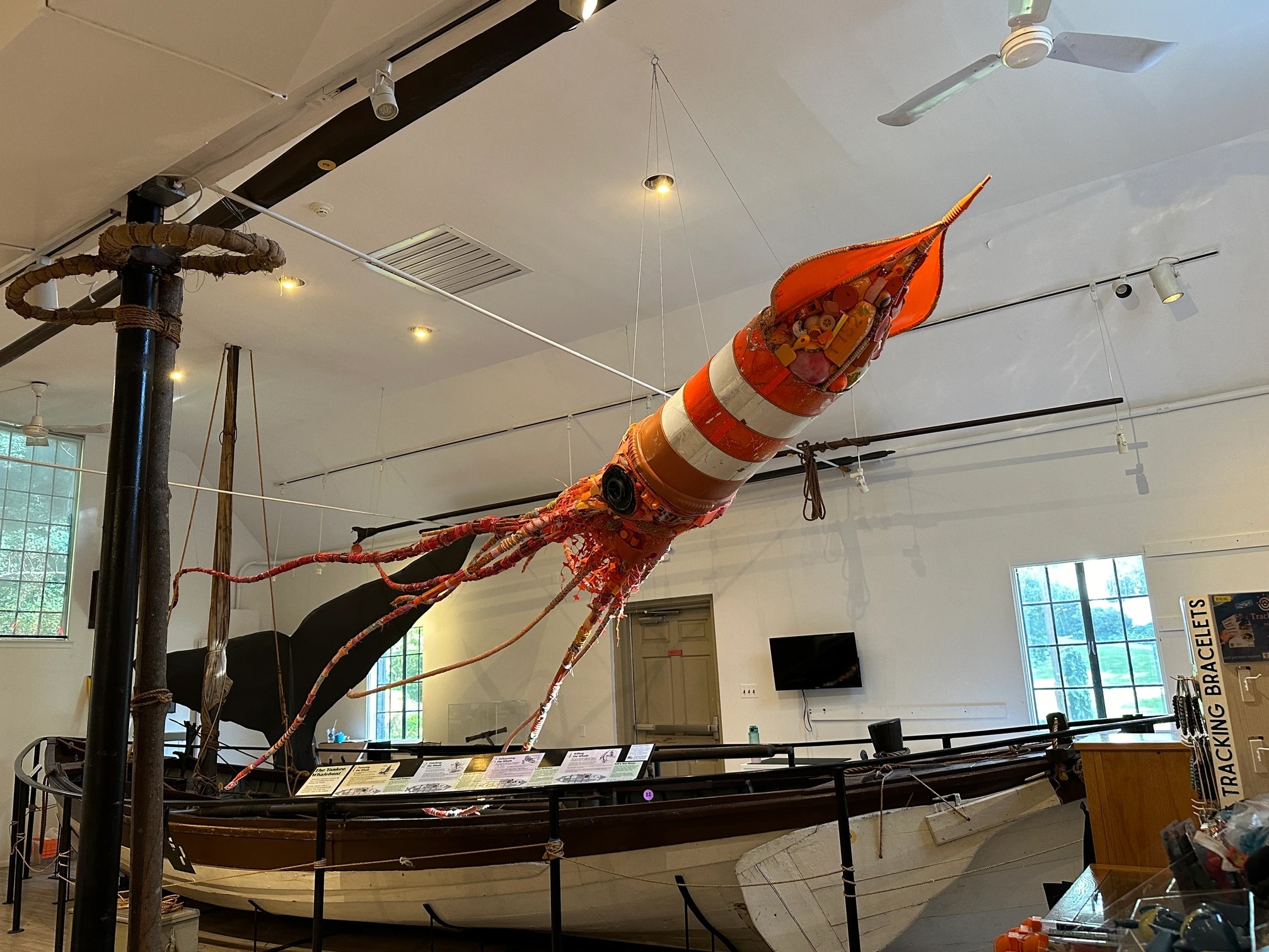
Where does your fascination with the sea come from?
My fascination with the sea comes from a lifetime of experiences, starting with summers spent on Cape Cod with my family. We’d clam, fish, crab, and explore tidal pools, often barefoot, and whenever we could, we’d find a boat to play on. Those early years gave me a deep connection to the ocean.
In my 20s, I lived aboard a sailboat and explored the Bahamas, where I was mesmerized by vibrant coral reefs, sea fans and colorful fish. It was a stark contrast to Cape Cod’s rugged shores, yet both were full of life. These experiences shaped my love for the ocean and became my ecological baseline. Looking back, I see how much the ocean has changed, which fuels my passion for highlighting its beauty and fragility in my work.
My brothers, who owned Pease Boatworks on Cape Cod, also influenced me. Their work designing and repairing wooden boats connected me to maritime communities, which continues to inspire my art, especially my boatyard series.
Where can people see your work, either in a show or online?
My work can be viewed at North Fork Art Collective in the historic Fiedler Gallery, Greenport Harbor Brewery Company, The Whaling Museum and Education Center at Cold Spring Harbor, Cape Cod National Seashore and Fire Island National Seashore, Cornell Cooperative Extension Tiana Bayside Facility, 1 Hotel South Beach, and locally every summer at my UpSculpt studio located at Port of Egypt Marine in Southold.
You can view my work online via Instagram, @cindypeaseroe and @upsculpt, and through my two websites, cindypeaseroe.com and upsculpt.com.
